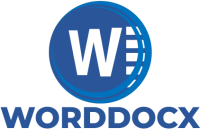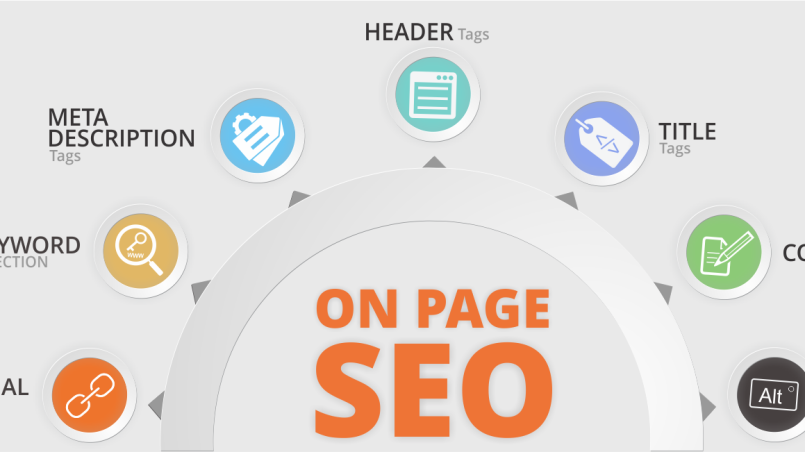There are two types of SEO: “on page” SEO and “off page” SEO. These two natural referencing methods are complementary, so your SEO agency will work on both.
On-page SEO is essential to optimize the content of your website. That’s why we’re here to explain the secrets of on-page SEO techniques!
What’s the difference between on-page SEO and off-page SEO?
On-page SEO involves optimizing all the content on a website.
Off-page SEO refers to the optimization of content outside a site. More specifically, this is external net linking.
On page and off page involve implementing complementary SEO techniques. However, it is your on-page content that you need to work on before building an off-page strategy: backlinks usually refer to content written on the site to be optimized. The aim of these methods is similar: to improve a site’s ranking in the SERPs. However, off-page SEO focuses more on raising the profile of the website.
On-page SEO is used to increase the conversion rate, expand the audience and get more customers who can increase sales. Note that SEO experts also talk about technical SEO to define crawl optimization methods in particular.
How do you optimize your on-page content?
Title tags and content
Start by optimizing your website’s Title tags. All the content on a site is important for SEO, but you should know that optimize Title tags is an essential step in on-page techniques.
So include your target keywords in the therightmessages titles of your pages as well as in your meta description. A title should be around 60 characters long and a meta description 160. The title and meta description help to increase the click-through rate, and your meta description can include a simple description of the site and the products or services it offers.
If you have chosen to write blog posts as well as product and category descriptions, don’t forget to structure each piece of content using Hn tags. This will allow you to add secondary keywords to the H2 and H3 titles to give Google’s robots greater precision and understanding.
The content of your website must be original, relevant and semantically rich. Write your on-page content with both the search engine and web users in mind: the more your texts provide answers to web users, the more importance Google will attach to your website. You should also make sure that you publish regularly, as Google does not like sites that are not updated regularly. If you also write blog articles, regular content will enable you to keep your visitors up to date.
On-page techniques bring together a wide range of SEO strategies directly linked to the content of a site. All these techniques cover one of the pillars of SEO: content. That’s why an SEO agency will help your site rank for important keywords. More information on SEO.fr
To make it easier for visitors to read your site, make sure your content is well formatted. Highlight key words in bold, italics or underlined, write short paragraphs and avoid large chunks of text! Choose a font that’s easy to read and use sufficient line spacing to produce well-ventilated content. Plan to write content of at least 500 words; for a blog article, count around 1,500 words.
Internal linking
Internal linking is another essential on-page allworldday technique for SEO. Mesh refers to the links inserted directly on the pages of your site, which link to internal pages. Internal linking improves the browsing experience for visitors, and therefore reduces the bounce rate. You can insert 2 to 5 internal links on each of your pages. Please note that the linked pages must have a common theme, and their link must be relevant: it’s not a question of creating links for the sake of creating links!
Images
Optimising the images on a website is often overlooked when it comes to on-page SEO. However, images are becoming increasingly important in the world of e-commerce, as many web users use Google images to do their shopping. To optimise an image, all you need to do is fill in the alt attribute with a description of the image.
The URL address
The URL address is also part of the on-page techniques in SEO. A well-optimised URL is above all one that is easy to read, and should give an initial overview of the content on a page. A URL address will therefore include the name of your site, as well as the path to the page. Avoid adding special characters or unnecessary words (such as determiners) to your address, and keep it to a maximum of 3 to 5 words.
User experience
A good on-page strategy is also based on the user experience, and UX is an essential component of website optimisation. A well-designed site will prevent users from turning back because a page takes too long to load or simply because it cannot be read on a smartphone. So keep a regular eye on the speed of your site and plan a mobile-friendly strategy.

